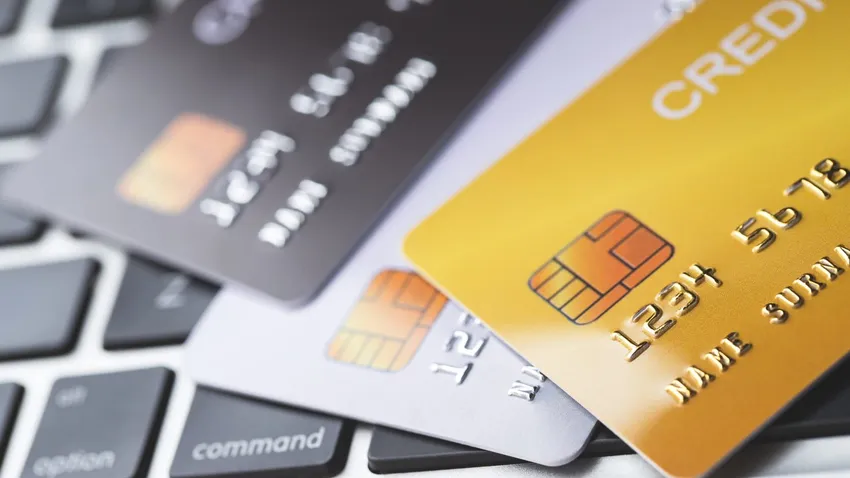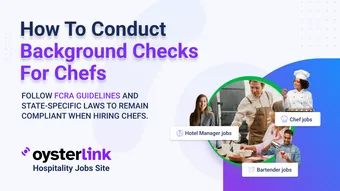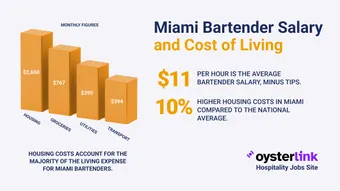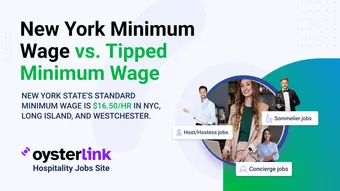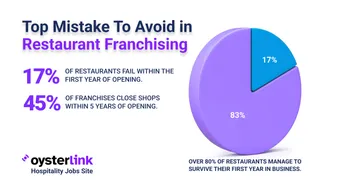Business Credit Cards: 3 Key Takeaways
- 65% of small businesses use credit cards, but only half use dedicated business cards.
- One-third of restaurant transactions lose rewards due to misclassified merchant codes.
- $46B in equipment downtime hits the industry yearly, but smart cards can cut maintenance costs by up to 18%.
Business credit cards play a critical role in restaurant operations when chosen wisely.
The right card improves cash flow, cuts fees, and delivers rewards, yet many owners overlook key features and lose money as a result.
Common Mistakes When Choosing Business Credit Cards
Choosing a business credit card is more complex than just comparing reward rates.
A Small Business Administration study shows 65% of small businesses rely on credit cards, but only 50% use dedicated business cards.
Restaurant owners who skip this step often make costly mistakes that affect their financial health.
Picking cards based only on rewards
Restaurant owners often focus too much on reward percentages and miss other significant card features.
Business credit cards usually charge higher interest rates than traditional business loans, which creates a major risk.
Your choice of card based only on rewards might make you miss better cash management tools and payment options.
Most businesses carry balances between statements, so interest rates play a big role in total costs.
Some cards with attractive rewards might hide fees or tough payment terms that wipe out any points or cashback benefits.
Ignoring payment terms and cash flow cycles
Restaurants face unique cash flow challenges from seasonal changes and daily operations.
Payment terms are vital to handle expenses well.
Small businesses that don't pay attention to payment flexibility often struggle with cash flow, especially during unexpected costs or slow seasons.
Research reveals that 82% of business failures stem from poor cash flow management.
Restaurant owners need cards that line up with their business cycles and offer flexible payment options during tough times.
Not considering employee card controls
Businesses with fewer than 100 employees lose an average of $147,000 to fraud.
On top of that, 38% of fraud cases happen in small businesses, which makes proper card controls vital.
Today's business credit cards come with smart control features that stop unauthorized spending.
U.S. Bank's partnership with Visa lets business owners set controls based on:
- Time of day or week
- Geographical area
- Merchant type
- Dollar amount
These controls protect your business while employees can still make needed purchases.
Many restaurant owners miss these features when picking their business credit cards and leave themselves open to possible misuse.
Understanding Spending Patterns for the Best Business Credit Cards
Restaurant owners need to understand their spending patterns to pick the right business credit card features.
Consumer spending in restaurants hit $96.40 billion in September 2024.
These numbers show the money flowing through the industry.
Food and supply purchases
Americans spent $1.50 trillion on food away from home in 2023, up from $1.30 trillion in 2022.
These numbers show why supply management matters more than ever.
Restaurant customers are spending differently now. 37% of them spend more at restaurants because menu prices have gone up.
Your restaurant's profitability depends on supply chain management.
You'll pay 5% to 40% more for off-contract purchases compared to contracted ones.
Smart restaurant owners work with 2-3 vendors for meat, dairy and produce.
This approach keeps supplies flowing and you retain control over pricing.
Equipment and maintenance costs
Equipment maintenance eats up 1.5% of sales on average.
Most restaurants spend between 2% and 6% of their budget on maintenance.
Planning these costs matters because equipment downtime costs restaurants $46 billion every year.
Monthly maintenance expenses break down into several categories:
- Kitchen equipment maintenance: $200-$500
- HVAC maintenance: $150-$300
- Plumbing maintenance: $100-$250
- POS system maintenance: $100-$200
You can save up to 18% year-over-year with preventative maintenance instead of reactive fixes.
Restaurant owners should create a detailed maintenance schedule that has regular inspections, cleaning routines and repairs.
This strategy helps avoid surprise breakdowns and makes equipment last longer.
How the Wrong Business Credit Card Hurts Your Restaurant
Your restaurant's profitability takes a big hit when you pick the wrong credit card.
Credit card processing fees rank as the third-highest cost for restaurants, right after food and labor costs.
Missing out on category bonuses
Merchant category codes stop restaurants from earning bonus rewards.
Restaurants that use Square or similar payment services might not get bonus points even when they're properly coded as dining spots.
Some payment processors label restaurants as grocery stores, bakeries or caterers instead of dining establishments.
This wrong coding makes you lose valuable rewards that could help with operational costs.
Business type determines how payment processors assign merchant codes, but many restaurants get wrong classifications.
To name just one example, a restaurant inside a retail store might get a "retailer" code instead of a "restaurant" code.
These coding problems affect about one-third of restaurant transactions.
Paying unnecessary fees
Credit card fees cost U.S. businesses more than $160 billion in 2022.
Restaurant owners pay an extra 3% on every credit card transaction, which hurts badly in an industry with 3-5% profit margins.
These fees directly limit your ability to:
- Hire more staff
- Increase employee benefits
- Purchase new equipment
- Expand operations
The quoted rate often hides extra processing fees. What looks like a simple 2.9% + $0.35 per transaction can include many more hidden costs.
Payment processors hide fees, overcharge for services and even bill you for things you never agreed to.
Cash flow problems
Picking the wrong credit card creates serious cash flow challenges.
Restaurant owners should know their expected revenue over 15, 30, 60 and 90-day periods before they choose credit cards.
A small business loan with lower APR works better if repayment might take more than 12 months.
Processing platforms usually charge 2-3% fees for everyday business expenses like rent, utilities and contractor payments.
These fees make cash flow worse, especially when you have seasonal businesses or slower periods.
Your restaurant's financial health can suffer if you don't plan for these extra costs.
Matching Business Credit Cards to Your Restaurant Type
Each restaurant type just needs specific credit card features to maximize benefits and handle expenses well.
Your establishment's unique requirements will help you pick the right card.
Fast food vs fine dining needs
Fast food places handle more transactions with lower average tickets.
Quick service restaurant owners and food truck operators can earn 5% cashback on purchases through cards like the U.S. Bank Cash+® Visa Signature® Card.
This works great for businesses that process many small transactions.
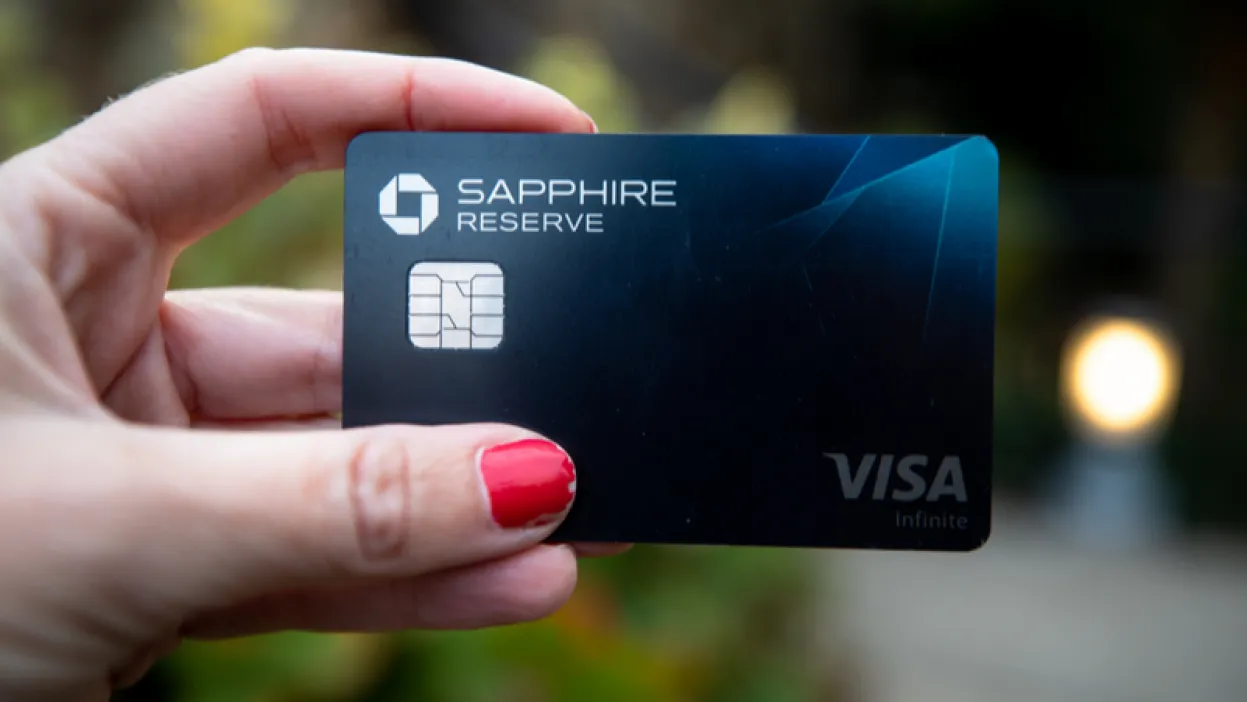
On the other hand, fine dining establishments get better value from cards with premium dining perks and higher rewards on bigger transactions.
The Chase Sapphire Reserve® gives 10x points on Chase Dining purchases, including prepaid reservations and exclusive events.
Executive Chefs and Restaurant Managers who create premium dining experiences will find this particularly useful.
Your restaurant's merchant category code determines which rewards you can get.
Some cards don't include takeout and delivery services in their rewards categories.
This means knowing your establishment's classification is vital to get the most from card benefits.
Seasonal business considerations
Seasonal changes affect how restaurants operate and which credit cards work best.
Seasonal businesses usually pay higher processing fees than year-round establishments.
You'll want to think about payment terms and fee structures carefully.
Credit card companies see seasonal businesses as higher risk and often charge more for account maintenance.
Look for providers that offer flexible payment plans that line up with your business cycles to keep costs down.
Restaurants in tourist areas or college towns with predictable busy and slow seasons might do better with no-annual-fee cards.
These places should look for cards that offer:
- Higher rewards during peak seasons
- Flexible payment terms during off-peak periods
- No early termination fees for seasonal closures
Seasonal restaurants need cards that help with cash flow during slower times.
You still have ongoing costs like staff payments, inventory purchases and equipment maintenance even with reduced hours.
A card with good payment terms will help you manage these regular expenses better.
Best Business Credit Cards by Restaurant Size and Stage
Your restaurant's size and stage of operation will determine the best credit card choice.
A full picture of business credit cards shows unique benefits that match different business sizes.
Cards for new restaurants
New restaurant owners often struggle to get business credit.
The American Express Blue Business Cash™ Card is perfect for startups that need fixed-rate rewards and extra buying power.
Owners can spend beyond their credit limit and earn 2% cash back on eligible purchases.
The U.S. Bank Business Triple Cash Rewards card works well for new businesses.
It offers 3% cash back on eligible restaurant purchases and gives you a yearly $100 statement credit for software subscriptions.
This helps owners manage their accounting systems while they earn rewards from daily operations.
Options for established restaurants

Restaurants that are well-established need cards with higher spending limits and better rewards.
The American Express Business Gold Card helps maximize returns by giving 4X points on the top two spending categories each month, including U.S. restaurant purchases.
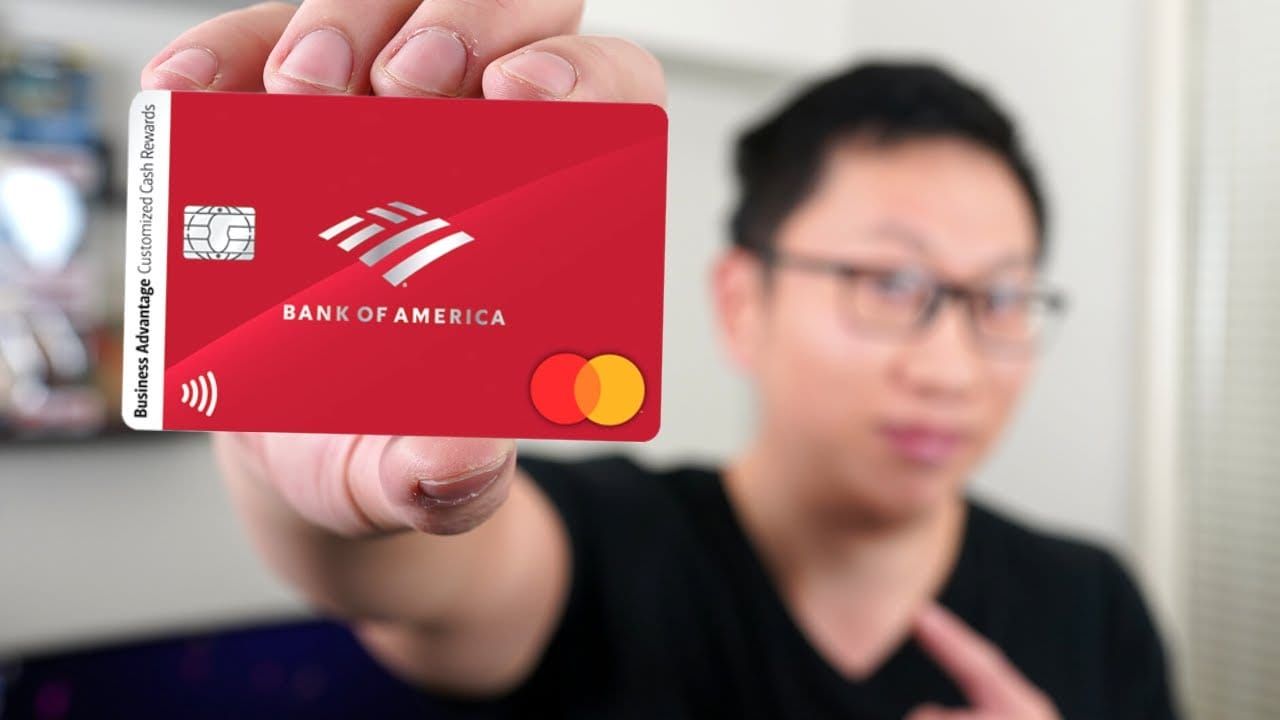
Bank of America's Business Advantage Customized Cash Rewards card lets established owners earn up to 75% more cash back on every purchase with a business checking account.
The card's flexible reward category selection works great for restaurants with changing expense patterns.
Multi-location restaurant needs
Restaurants with multiple locations need advanced payment processing and management tools.
The Ramp Credit Card stands out here with strong expense management features that don't require a personal guarantee.
This card gives you:
- Up-to-the-minute visibility into expenses across locations
- Automated receipt matching
- Customizable spending limits for each location
- Integration with major accounting software
Restaurant owners running multiple locations should pick payment processors that show fees clearly and provide excellent customer support.
The right processor can help your business through:
- Smooth POS integration
- Automated inventory management
- Optimized payroll processing
- Better delivery service coordination
Credit card transaction information helps improve customer service and marketing in all locations.
The U.S. Bank Business Leverage® Visa Signature® Card might be another good option.
It automatically gives 2X points in top spending categories, which suits restaurants with different expense patterns across locations.
Large restaurants or those with multiple locations can get lower per-transaction processing rates because of their higher revenue volumes.
This advantage, combined with choosing the right card, creates major cost savings and makes operations more efficient across the business.
Conclusion: Choosing the Right Business Credit Card for Your Restaurant
Look at your spending patterns, operational needs and growth plans before picking a card.
Payment terms should match your business cycles. Control features must protect against unauthorized spending.
Processing fees are the third-highest cost in restaurants, so pick a card that cuts unnecessary expenses.
The right card opens doors to business growth through better cash management. It provides valuable rewards and guards against fraud.
Compare your options carefully and understand their features. Your final choice should match your restaurant's unique requirements.
